Letter to the Editor
The Ambazonia vs Cameroun War: It Is Between the ASA and the FDS
Each nation has its own terminology and symbols. The Southern Cameroons, today known as the Federal Republic of Ambazonia, obtained its independence on 1 October 1961, following UNGA Resolution 1608 (XV) of 21 April 1961.
By contrast, neighbouring La République du Cameroun gained independence earlier, on 1 January 1960, under UNGA Resolution 1349 (XIII) of 13 March 1959.
Both entities were former German colonies placed under League of Nations Class B mandates after World War I, later becoming UN Trust Territories. These included British and French Cameroons, Togoland, Ruanda-Urundi, and Tanganyika. Under this system, Britain and France—serving as administering authorities—signed the UN Trusteeship Agreement on 14 December 1946, committing to prepare these territories for independence.
The Betrayal of 1961
On 30 September 1961, British Commissioner O.J. Fields departed Tiko International Airport, having unlawfully transferred the Southern Cameroons to La République du Cameroun without implementing UNGA Resolution 1608 (XV). From that day until 30 September 2017, the two countries coexisted in a de facto association—not a legal union. On 1 October 2017, Ambazonia rightfully proclaimed the restoration of its independence and has since defended it.
The Declaration of War
On 30 November 2017, at Nsimalen Airport—fresh from a meeting with French President Emmanuel Macron in Abidjan—Paul Biya declared war on Ambazonia. This forced the Ambazonian people to organise self-defense groups, which later evolved into the Ambazonian Restoration Forces (ARF). Over time, these forces consolidated into the Ambazonian State Army (ASA).
Two States, Two Armies
The reality is simple: this is a war between two nations and two armies. Cameroun’s Forces de Défense et de Sécurité (FDS), including its units like the Brigade Intervention Rapide (BIR) and Brigade d’Infanterie Motorisée (BIM), face Ambazonia’s State Army (ASA).
Like all armies, the ASA has sub-groups and uses distinct operational names for battles. These should not confuse observers. The important point is that the ASA and FDS are the legitimate belligerents, recognised under international law. For clarity or guidance on defense matters, Ambazonian activists and citizens are encouraged to consult the Ambazonian National Self-Defense Council (ANSC).
The Present Moment
Ambazonia has not only resisted but also defeated Cameroun in many theaters of war. What remains now is to manage victory responsibly. With Cameroun sliding toward internal upheaval after 12 October 2025, vigilance is crucial. The regime will continue funding fifth columnists to sow division—even after Ambazonia assumes full sovereignty from Buea.
Conclusion
The war is not a prophecy but a reality: Ambazonia stands as a restored nation, defended by the ASA, against Cameroun’s FDS. History, law, and battlefield facts all point to this truth.
Timothy Enongene
Tombel, Kupe Muanenguba County,
Atlantic Zone, Federal Republic of Ambazonia





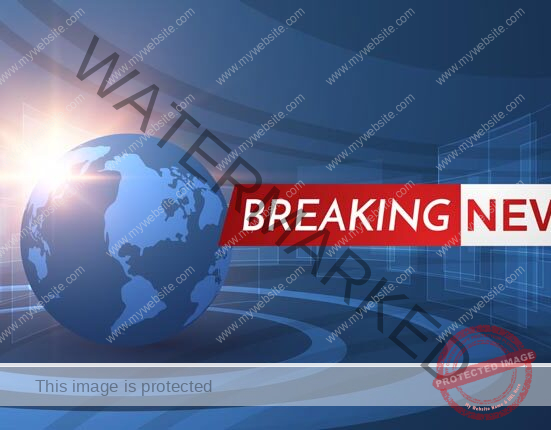

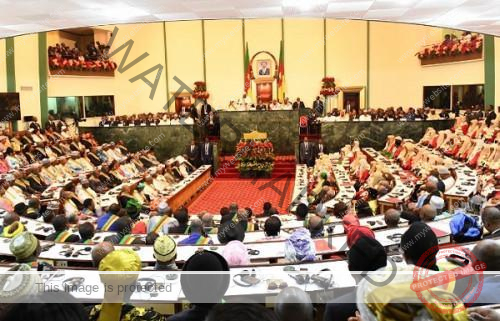
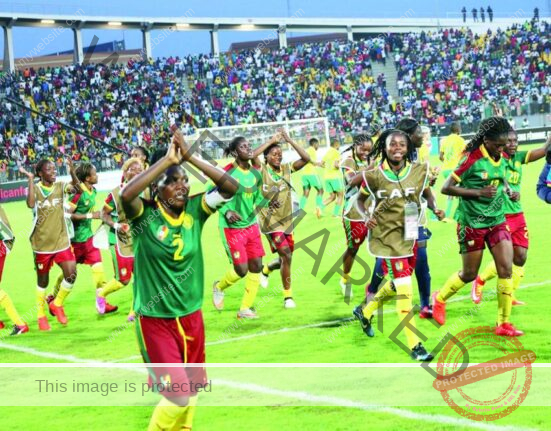





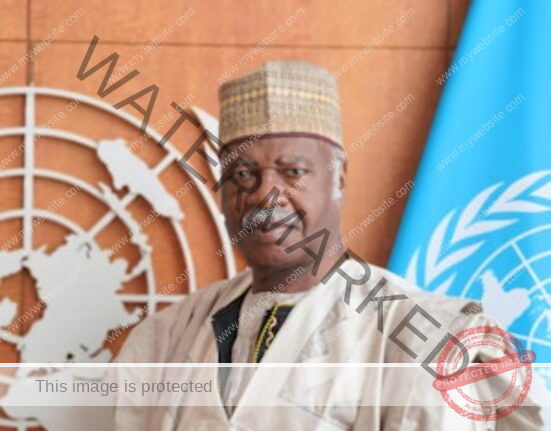
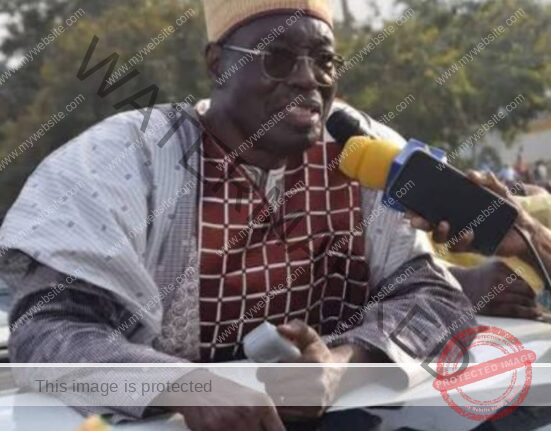
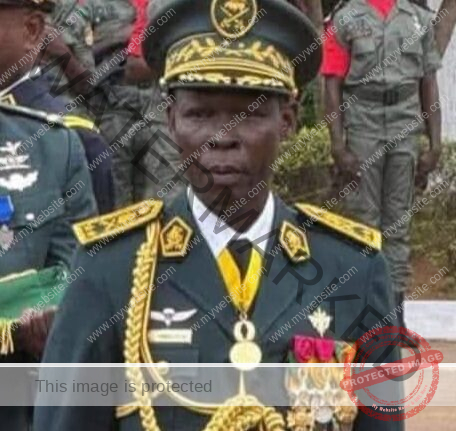
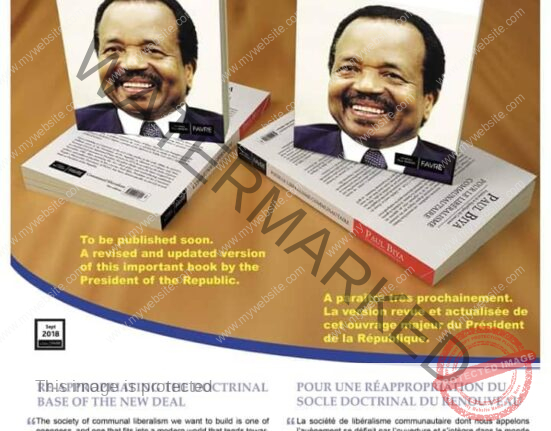
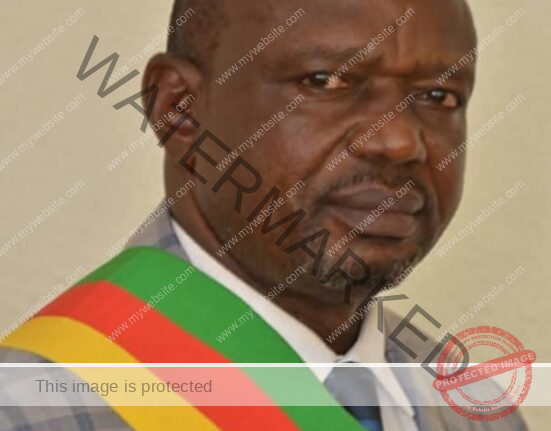
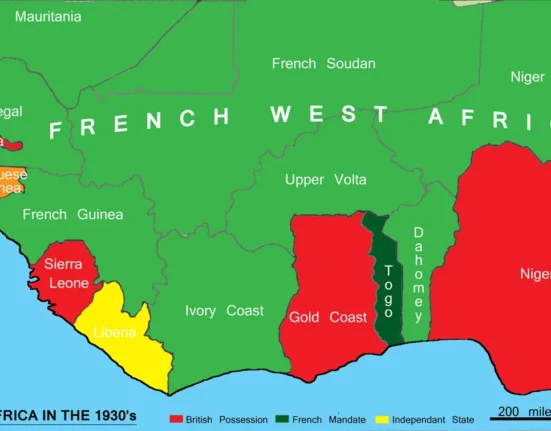

Leave feedback about this